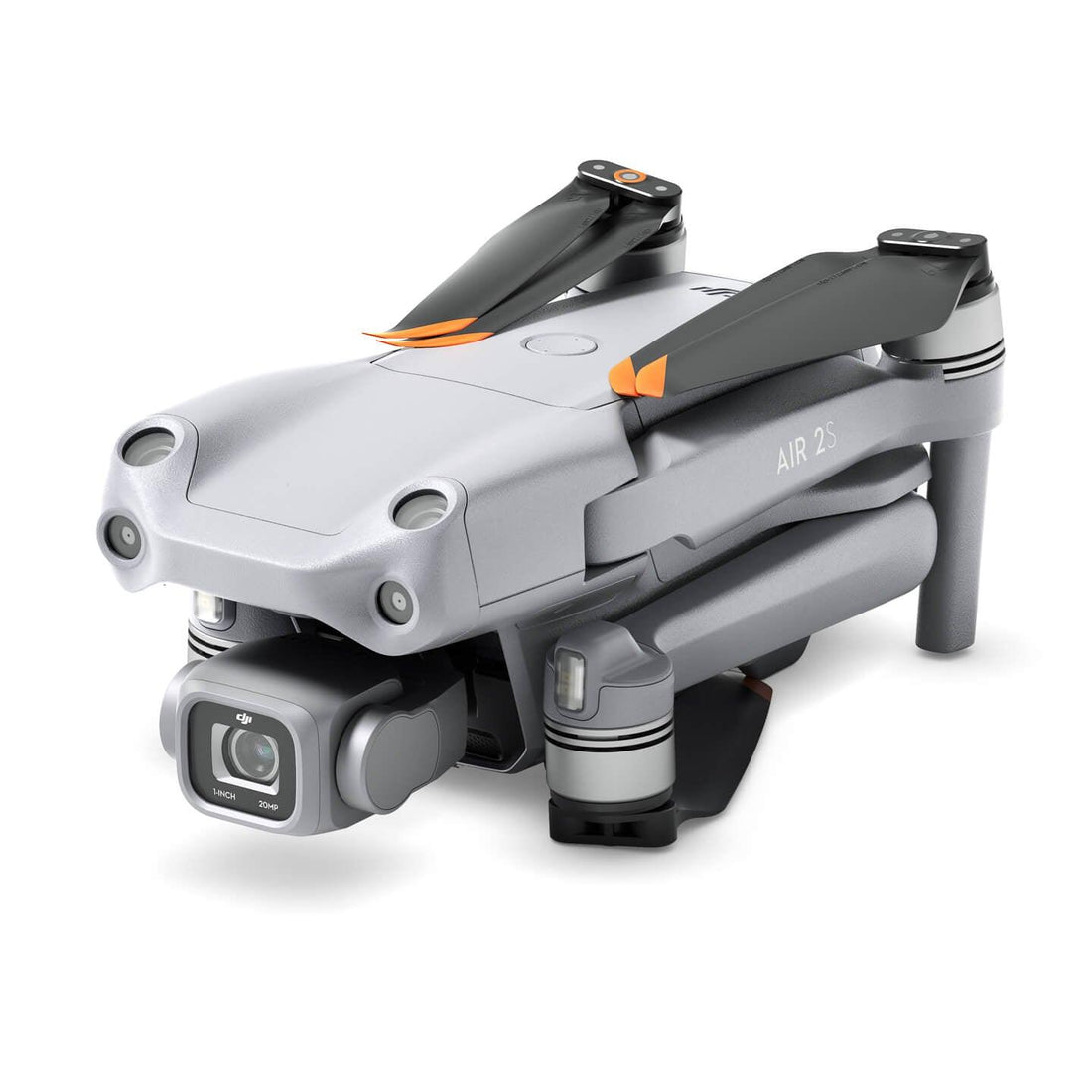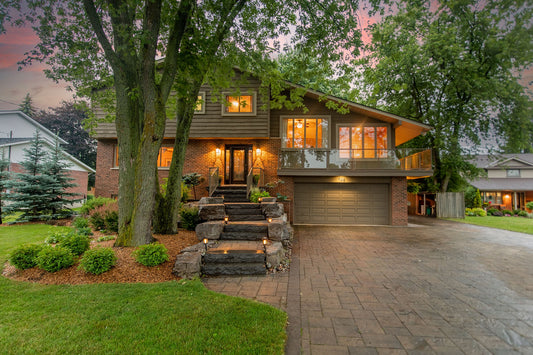In the ever-evolving world of real estate marketing, aerial photography has taken center stage, providing captivating perspectives that traditional ground-based photography simply can't match. Among the latest trends in this field is the rise of real estate drone photography – a skill that combines the art of photography with the technology of drones. If you're intrigued by the idea of capturing stunning aerial shots of properties and landscapes, here's a comprehensive guide on how to become a successful real estate drone photographer.
1. Learn the Basics of Photography: Before diving into the world of drone photography, it's essential to build a strong foundation in traditional photography techniques. Understand concepts like composition, lighting, exposure, and framing. These fundamentals will apply to drone photography as well and will help you create visually appealing shots.
2. Get to Know Drones: Familiarize yourself with the different types of drones available in the market. Research their features, capabilities, and camera systems. Select a drone model that suits your budget and photography requirements. Popular drone brands include DJI, Yuneec, and Autel Robotics.
3. Study Drone Regulations: Operating a drone comes with legal and safety responsibilities. Depending on your location, there may be specific regulations and laws governing drone flights. In the United States, for instance, you need to comply with the Federal Aviation Administration (FAA) regulations. Take the time to understand these rules to ensure safe and legal flights.
4. Obtain Necessary Certifications: In many regions, drone pilots need to acquire a Remote Pilot Certificate to legally operate drones for commercial purposes. This typically involves passing an FAA-administered exam. The certification process ensures that you understand aviation regulations, safety protocols, and airspace rules.
5. Hone Your Flying Skills: Flying a drone requires practice and precision. Spend ample time practicing in open areas before attempting complex shots around properties. Develop the ability to control the drone smoothly and confidently in different weather conditions.
6. Invest in Quality Equipment: Investing in a high-quality drone and camera equipment is crucial for capturing professional-grade shots. While budget-friendly options exist, opting for a drone with advanced stabilization and camera capabilities will greatly enhance the quality of your work.
7. Master Image Editing: Post-processing plays a significant role in drone photography. Learn how to edit and enhance your aerial shots using software like Adobe Lightroom or Photoshop. Editing skills allow you to correct exposure, enhance colors, and refine your final images.
8. Develop a Portfolio: Create a portfolio showcasing your best drone photography work. Focus on real estate-related shots, such as aerial views of properties, landscapes, and architectural details. A strong portfolio will help attract potential clients and demonstrate your skills.
9. Market Yourself: Utilize social media platforms, websites, and online marketplaces to showcase your work. Highlight the unique perspective your drone photography brings to real estate marketing. Engage with local real estate agents, property developers, and other potential clients to establish your presence in the industry.
10. Continuous Learning: Stay updated with the latest advancements in both photography and drone technology. Attend workshops, online courses, and photography exhibitions to refine your skills and stay inspired.
Becoming a successful real estate drone photographer requires a blend of technical skills, artistic vision, and a commitment to continuous improvement. By mastering the art of drone operation, photography techniques, and post-processing, you can carve out a niche in the competitive world of real estate photography and provide clients with captivating aerial perspectives that truly stand out.




